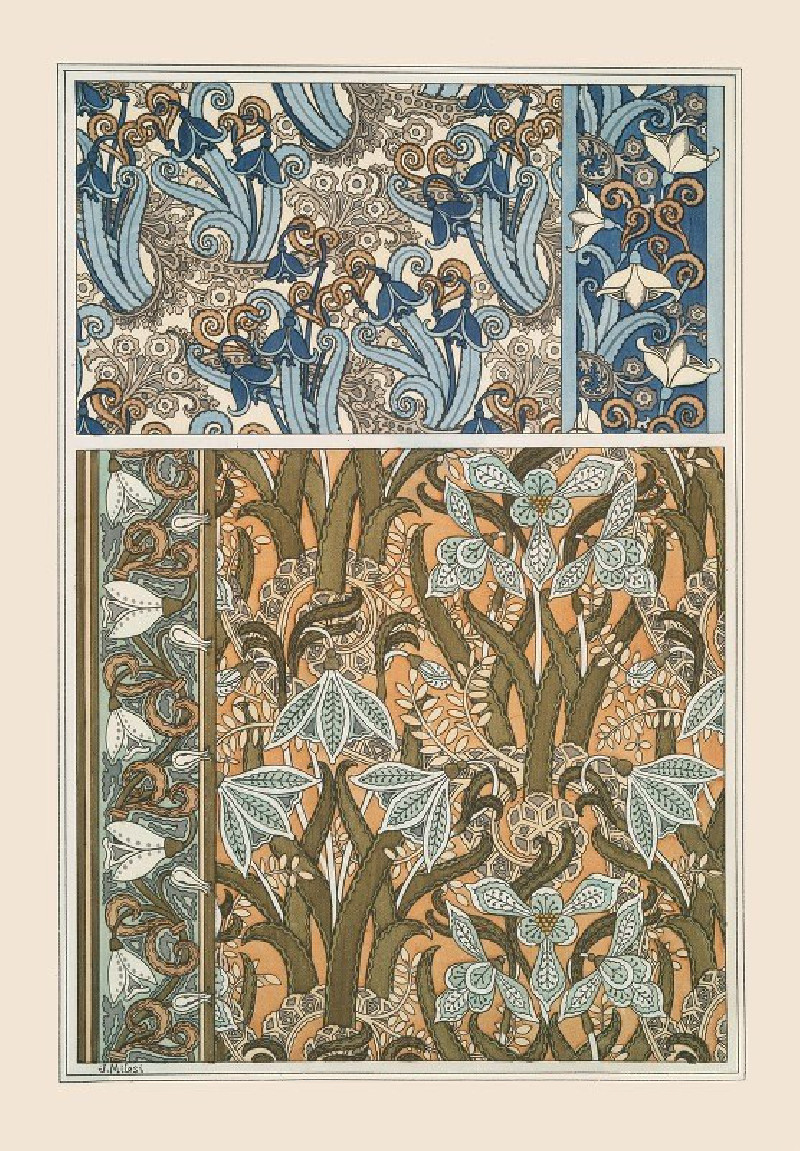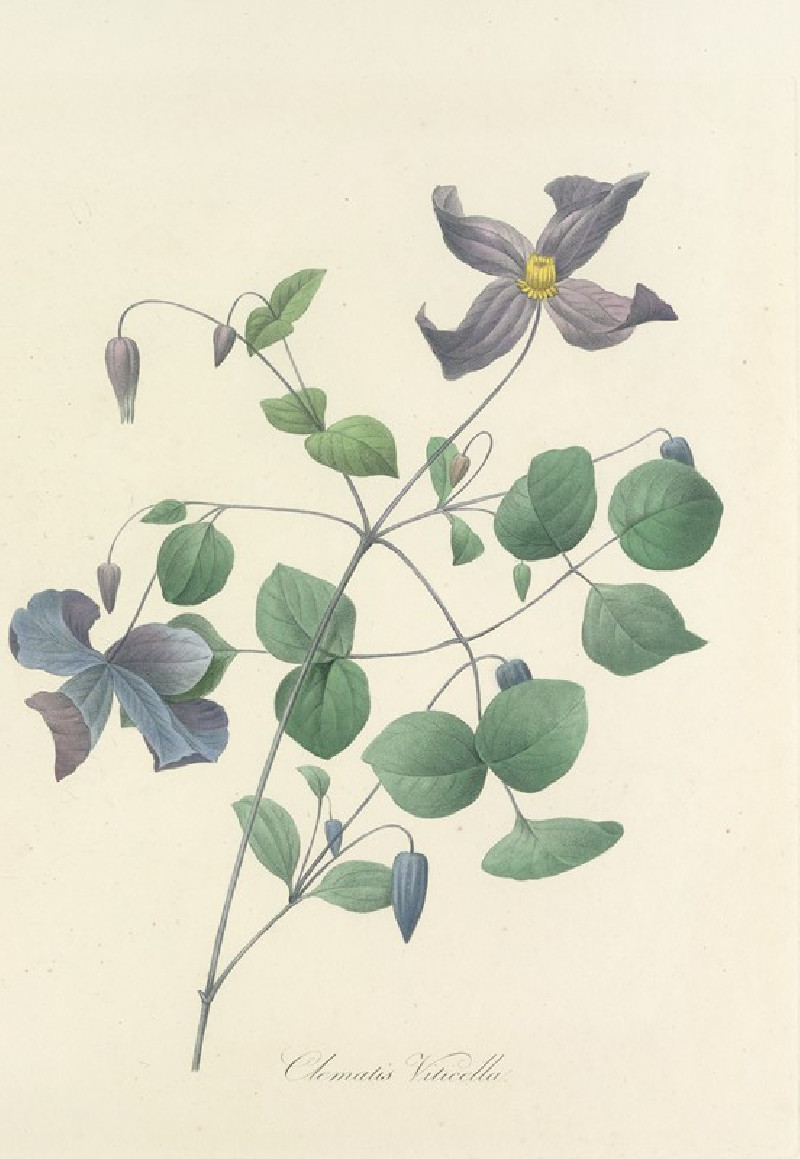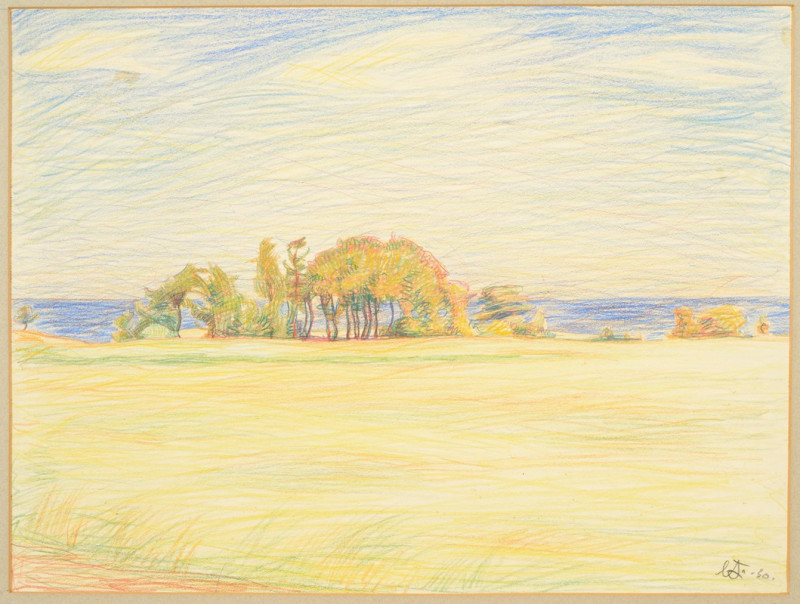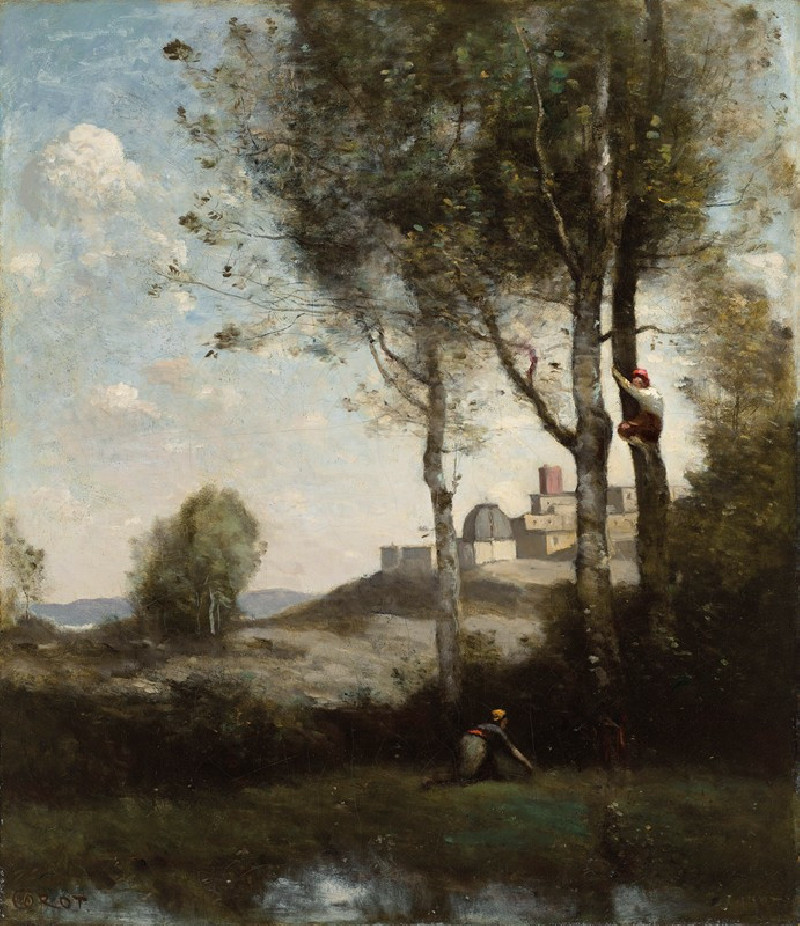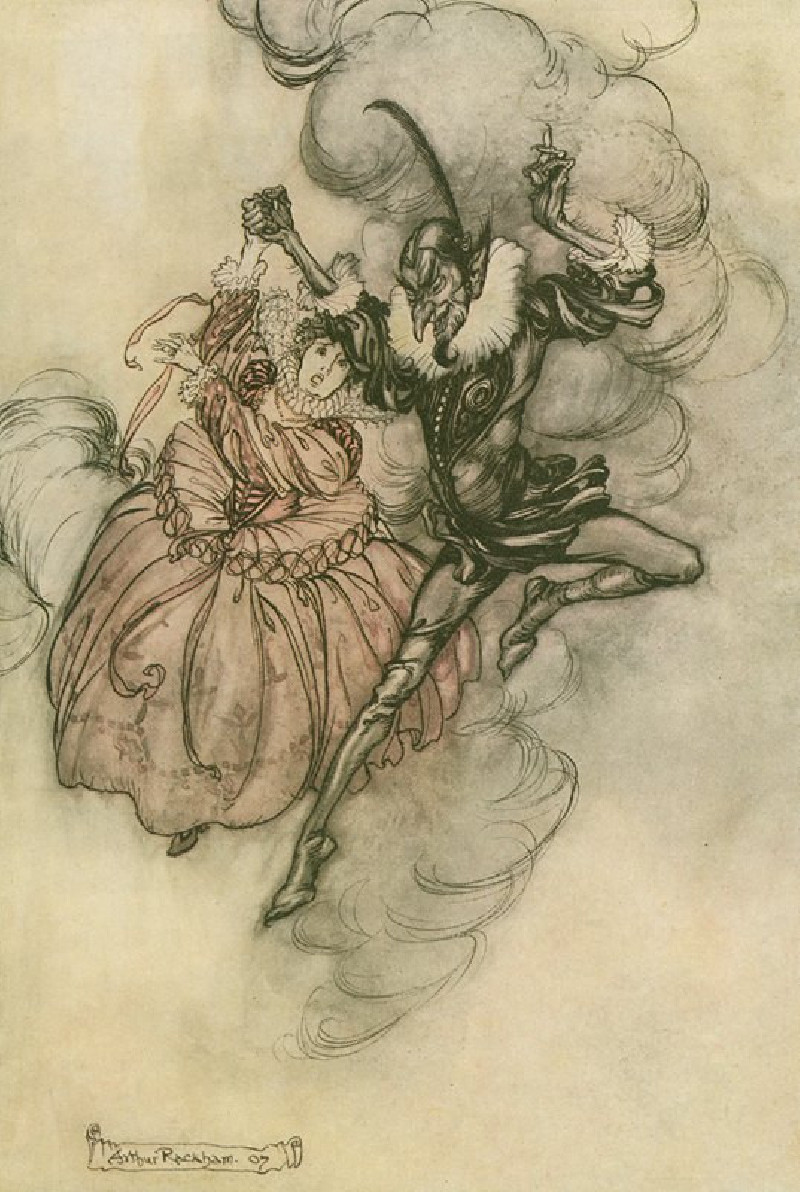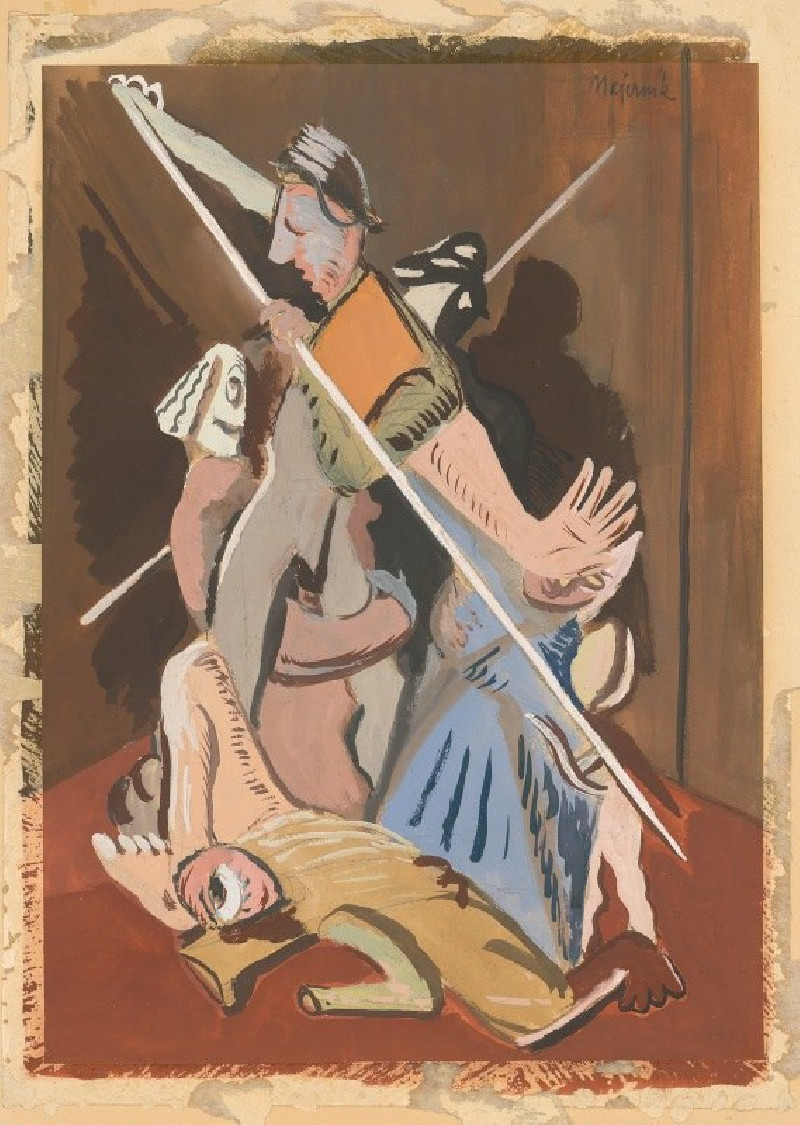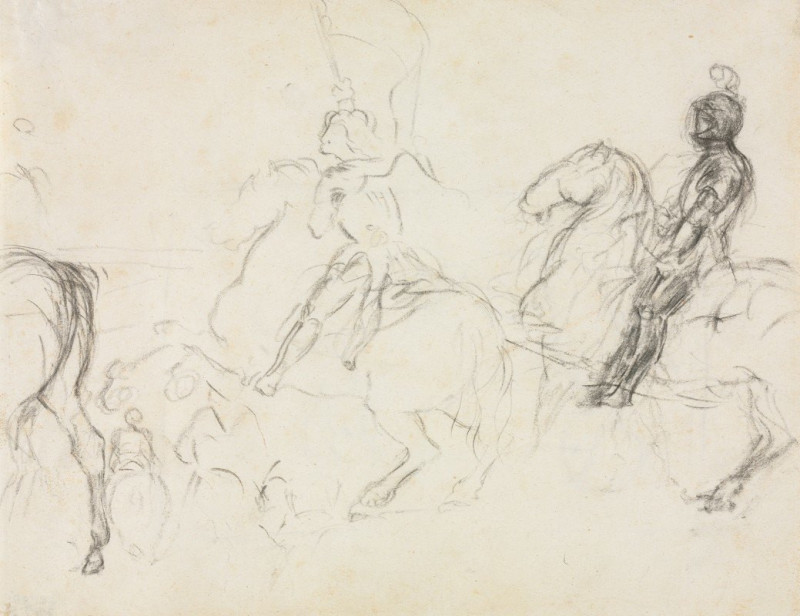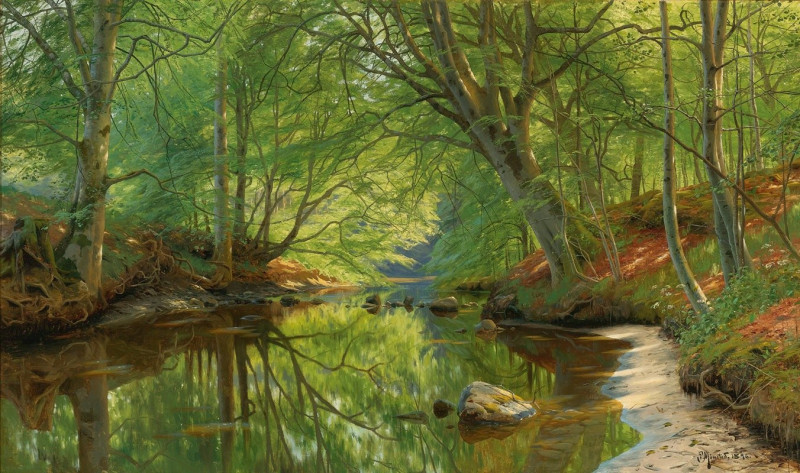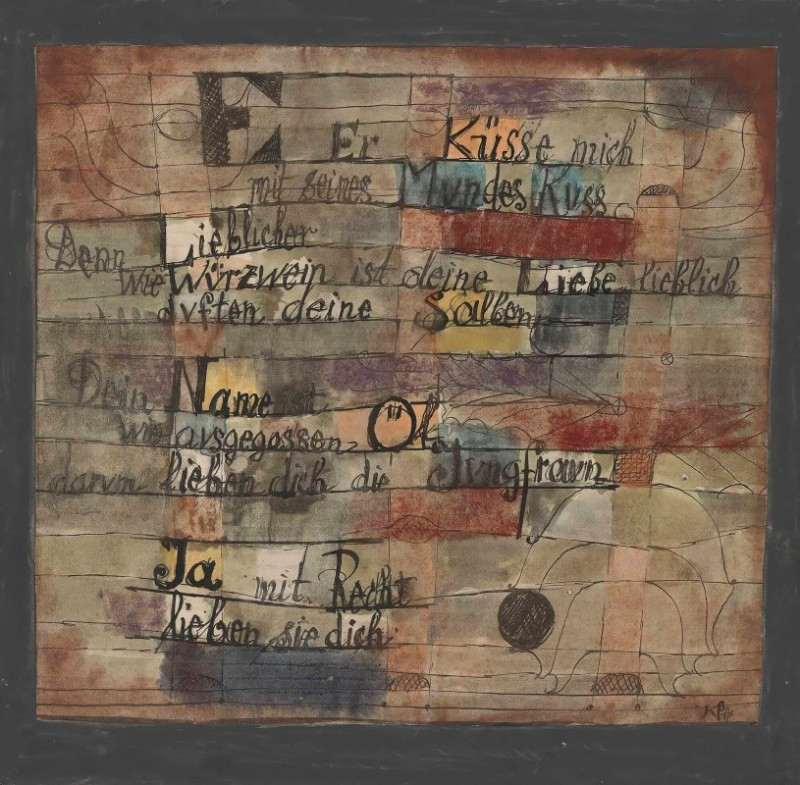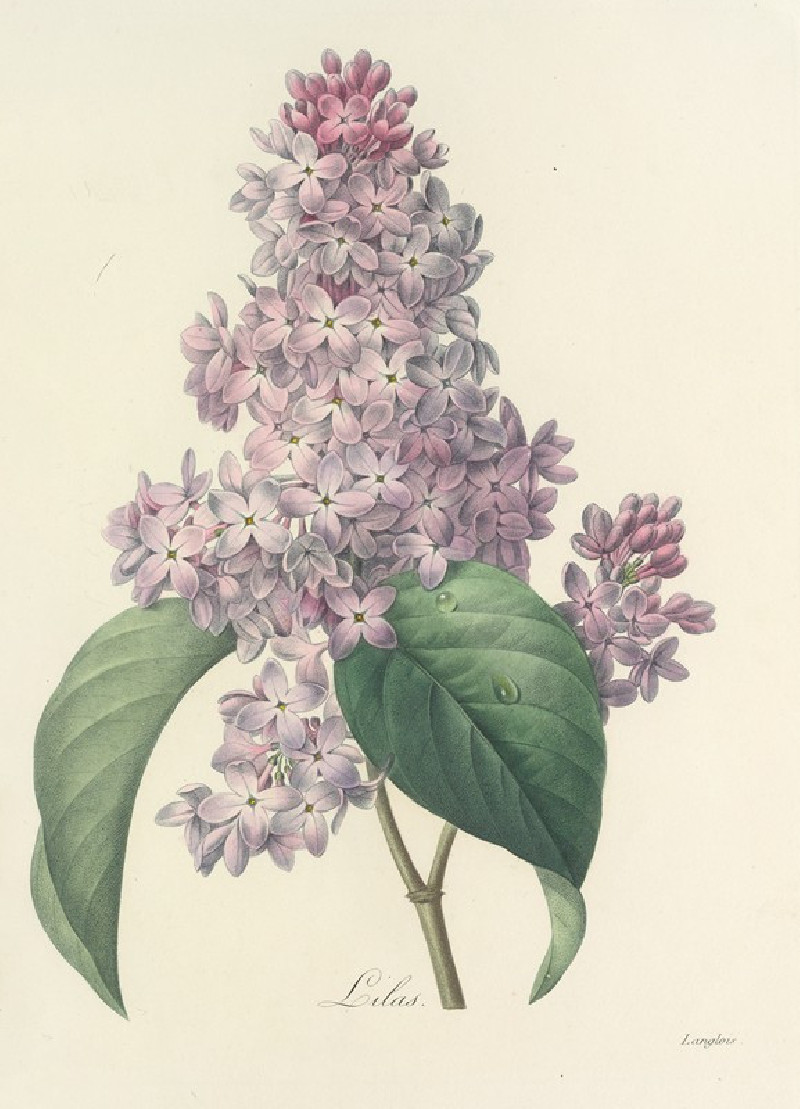Siesta
Technique: Giclée quality print
Recommended by our customers
More about this artwork
The painting "Siesta" by Jules Pascin, created in 1915, captures an evocative scene of rest and relaxation. Employing a loose and expressive style quite typical of Pascin's work, the artwork features a group of figures who appear to be taking a break, likely in a tropical or exotic outdoor setting. This interpretation is supported by the presence of palm-like plants on the left side, contributing an atmosphere of languid warmth.The figures are rendered with swift, fluid strokes that outline their forms and gestures in a way that is both dynamic and gentle. The central figure, particularly noticeable with a touch of blue on her garment, seems to be the focal point, possibly even comforting a child. The details are minimalistic but effective, capturing the essence of a peaceful, shared moment without the need of excessive elaboration.The background and the environment are suggested with broad washes of color and sketchy lines, which give the scene an unfinished, dreamlike quality. This technique serves to focus our attention more on the figures and the mood rather than the specific details of the setting.Overall, Pascin's "Siesta" beautifully conveys a moment of human connection and repose, making effective use of his signature sketchy and fluid technique to evoke emotion and atmosphere.
Delivery
Returns
Nudes, street scenes and landscapes of women and tropical locations by Bulgarian-born American painter Jules Pascin (1885-1930). Born to an affluent family, Pascin was educated in Austria and Germany before moving to Paris in 1905. It was there that he became associated with the Modernist movement. He attached himself to the human condition and was known for painting portraits of nude and half-dressed women. He stands in the grand tradition of the romantic, bohemian artist.

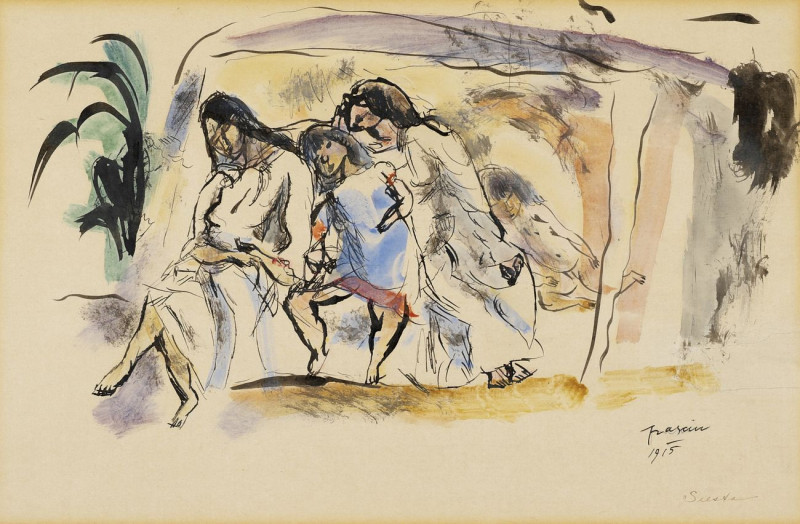
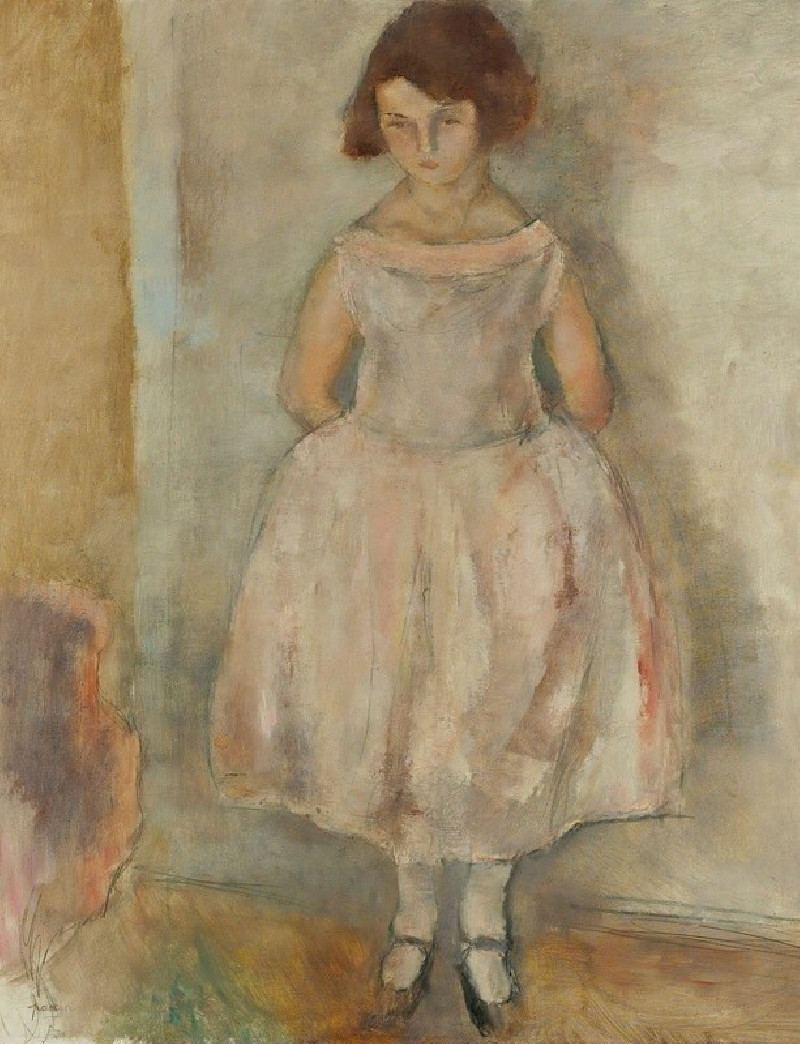

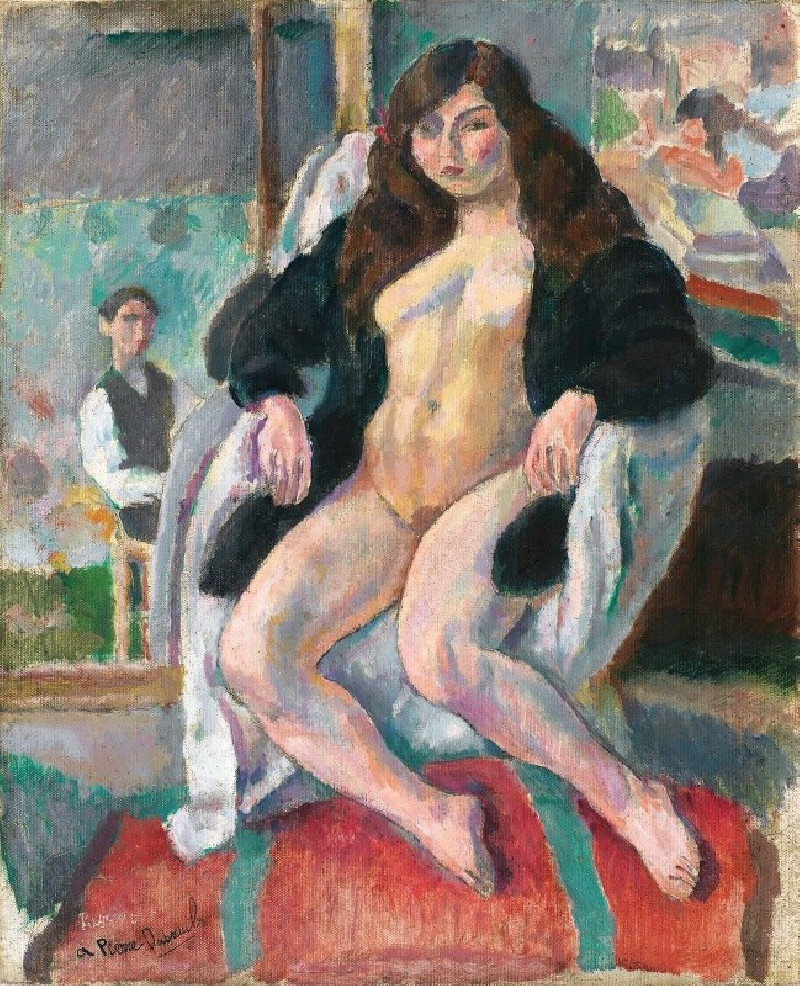

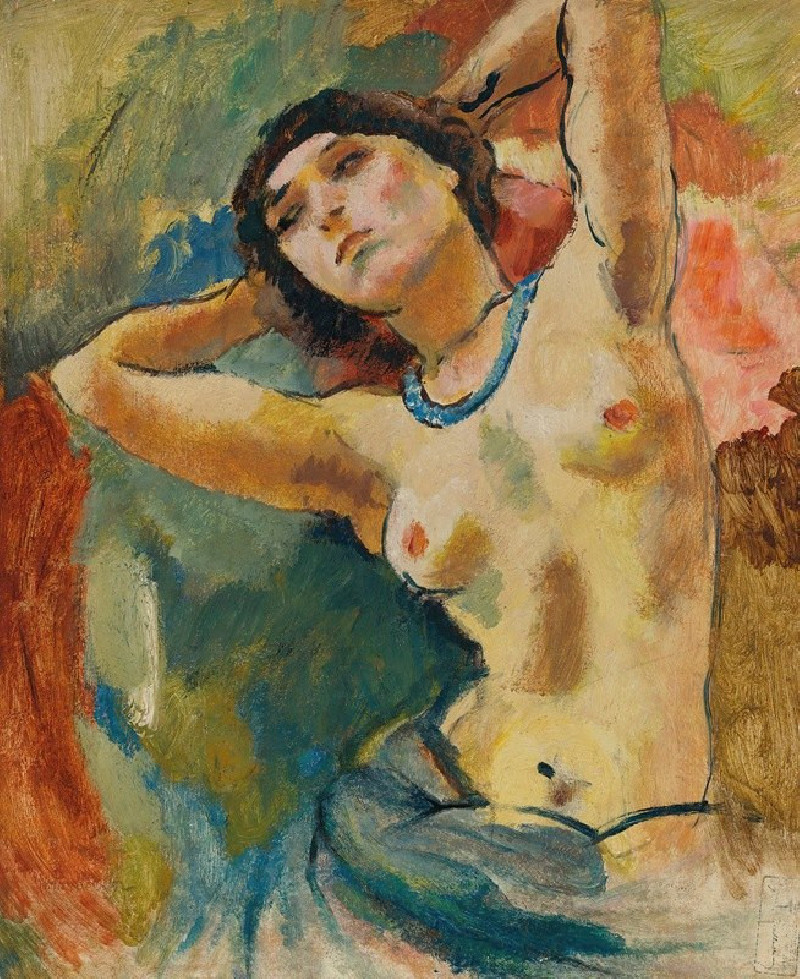

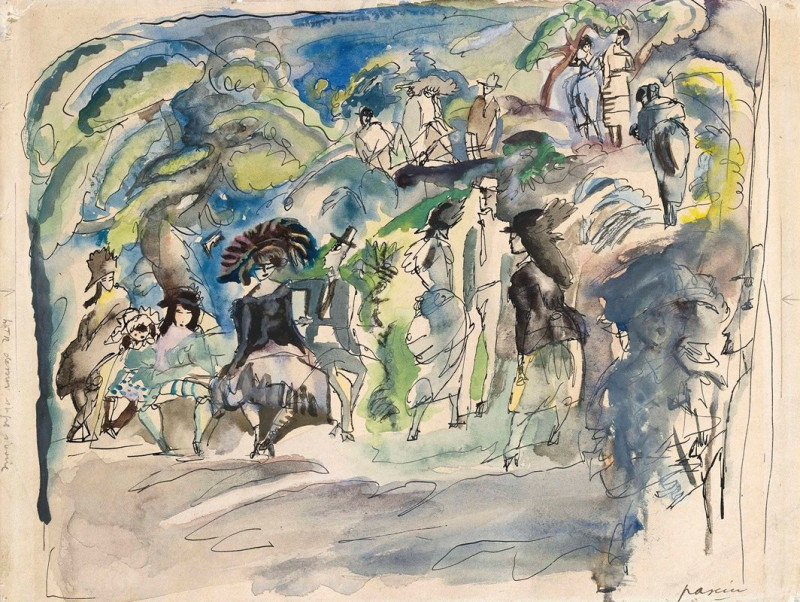
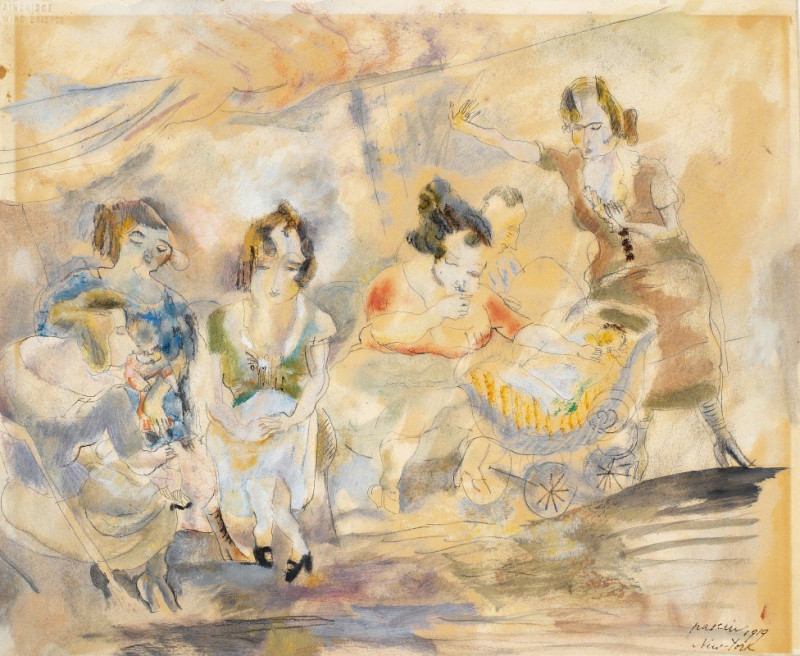

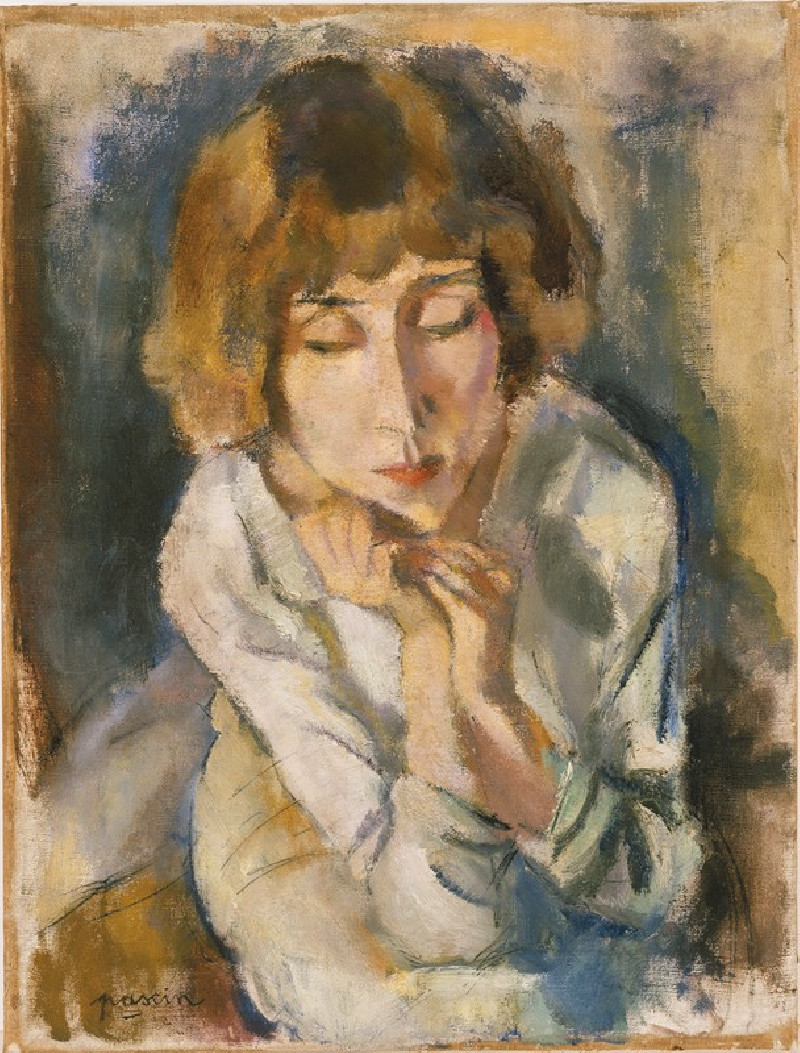
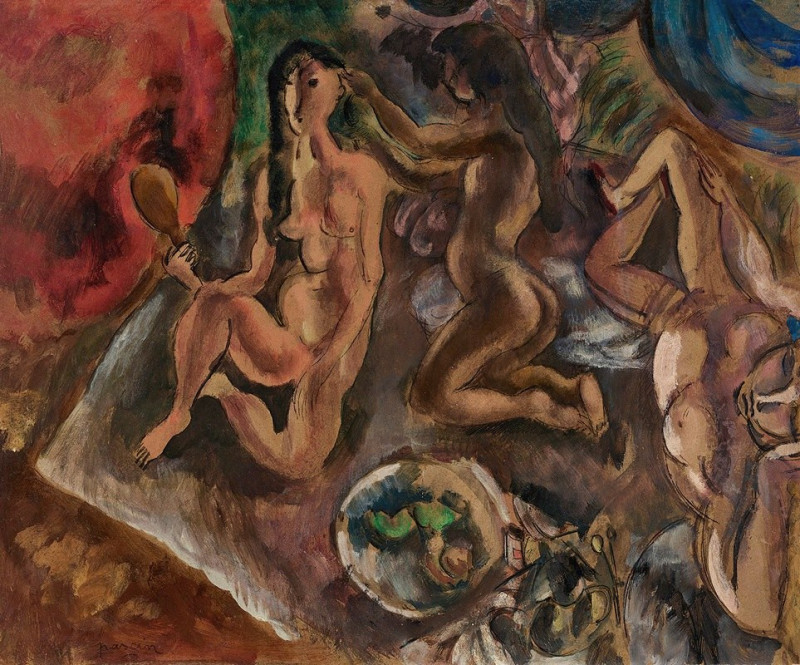


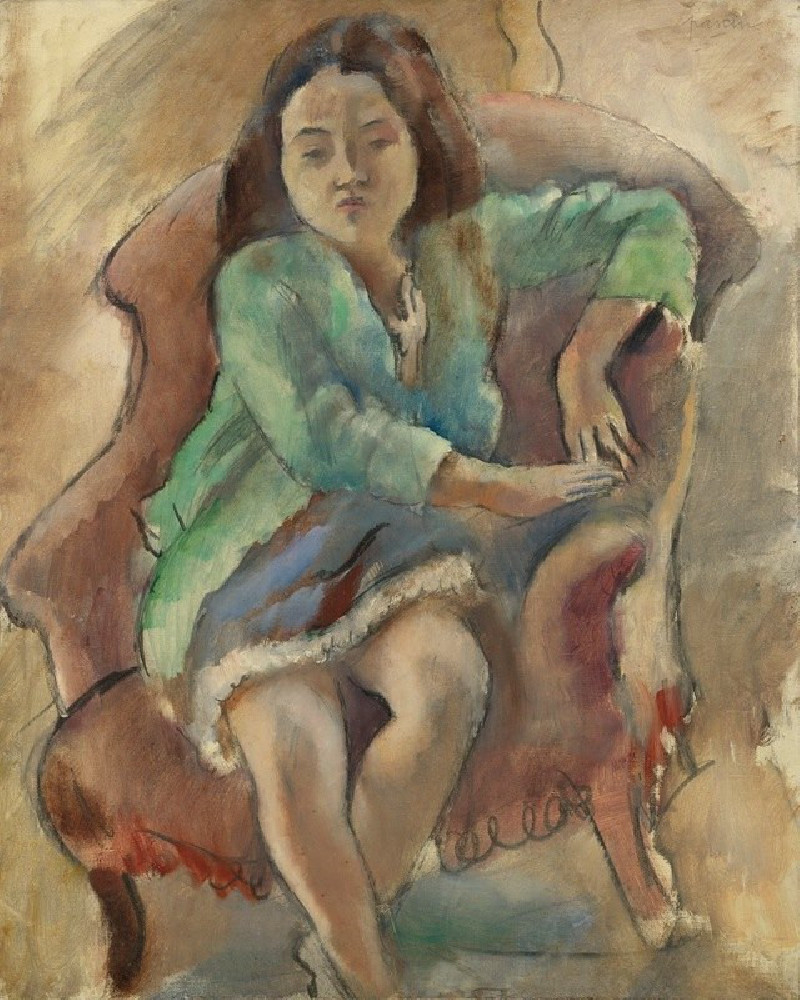
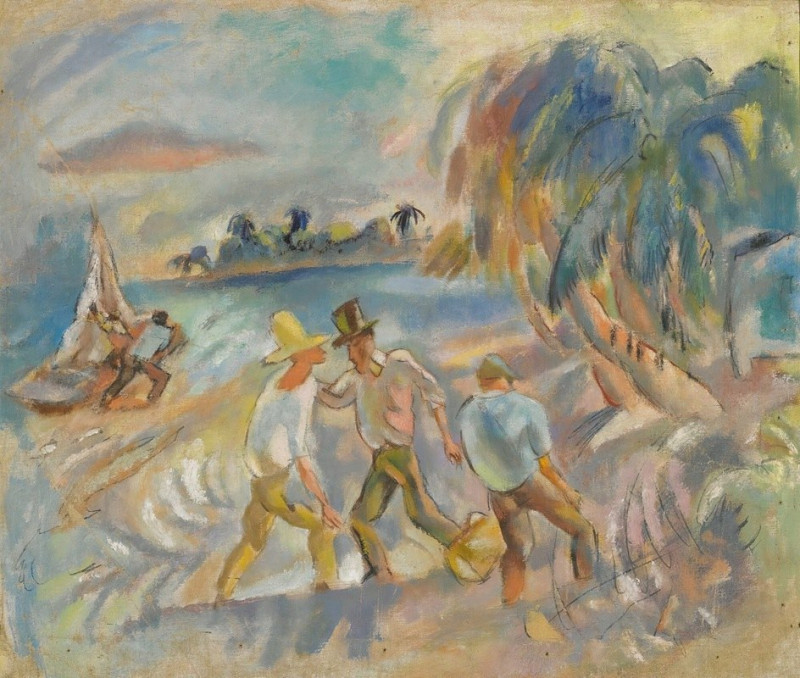


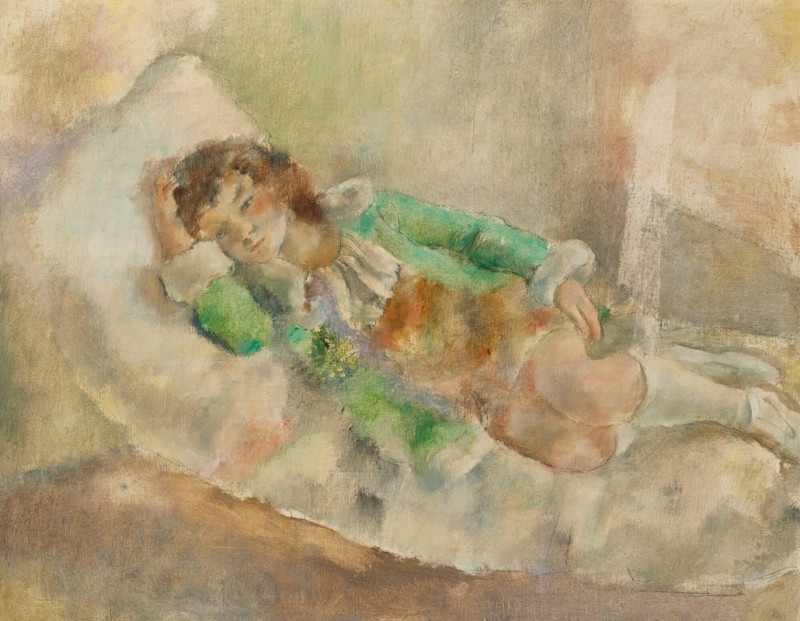


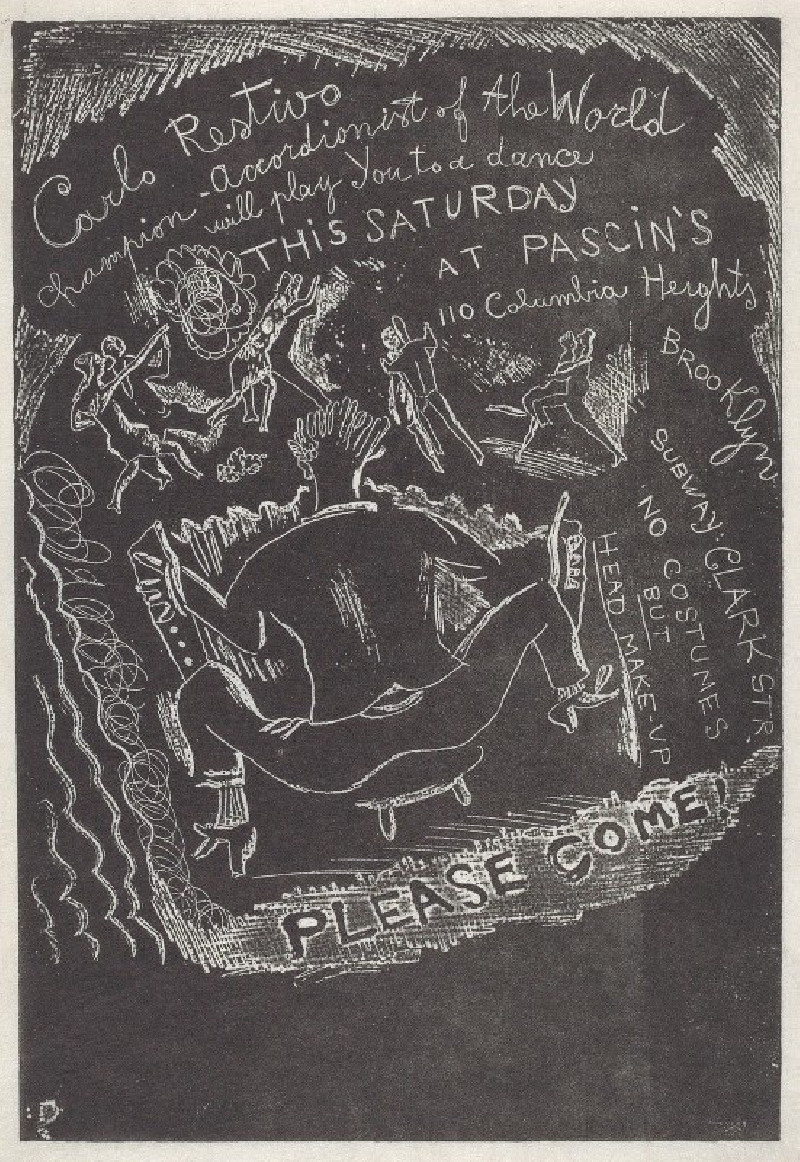
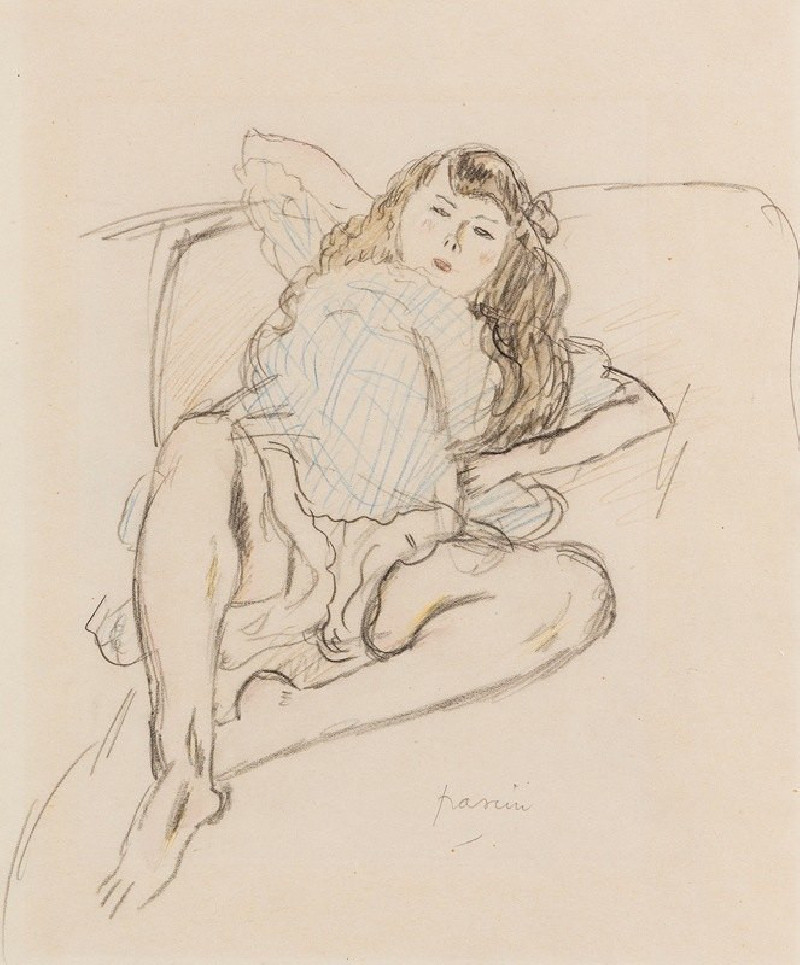




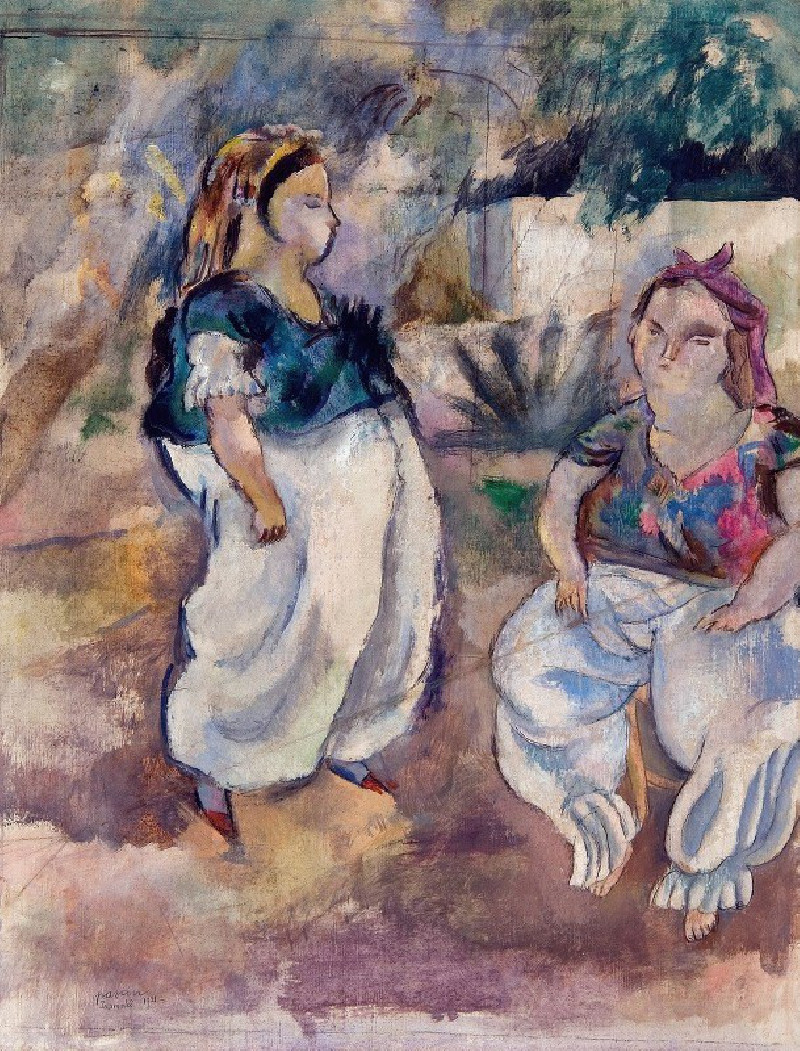


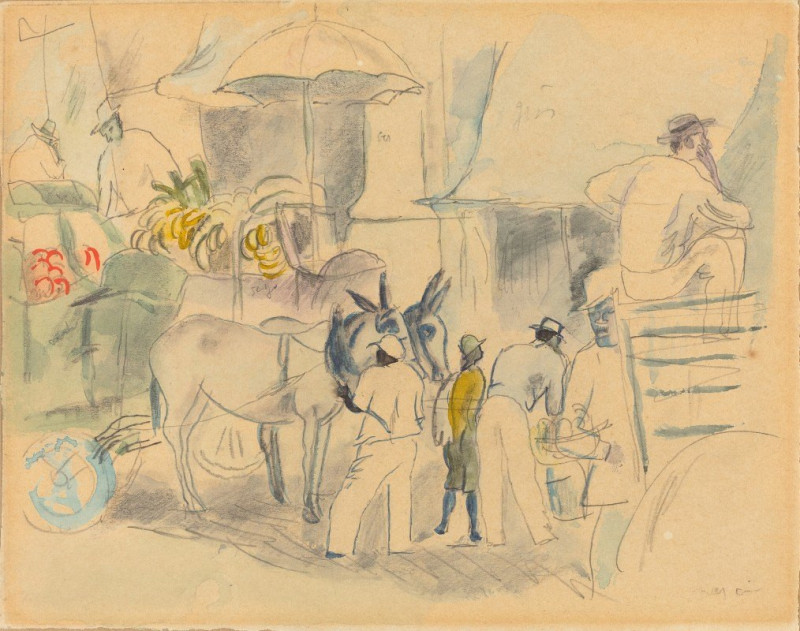
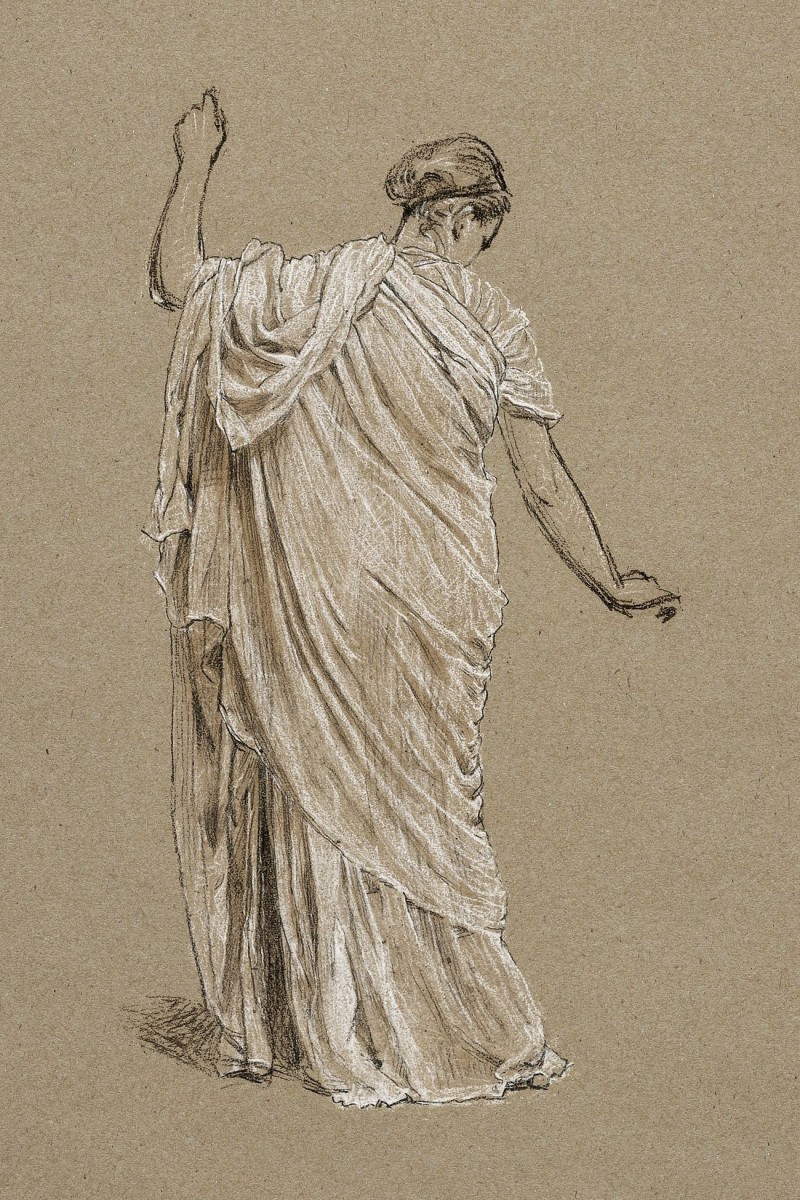

![Group of Nubians, Wady Kardasey [sic] [Qirtâsî]. (1846-1849) reproduction of painting by David Roberts. ALL GICLEE PRINTS](https://reprodukcijos.lt/39150-large_default/reproduction-of-group-of-nubians-wady-kardasey-sic-qirtasi-1846-1849.jpg)

